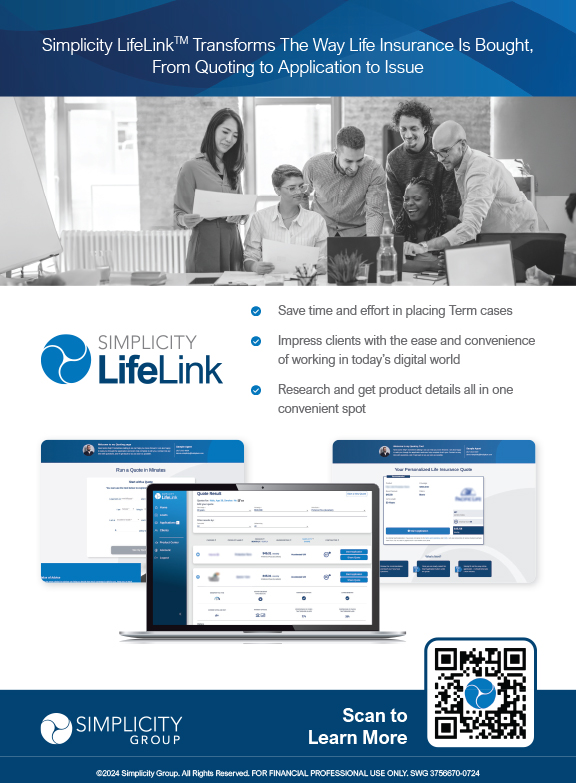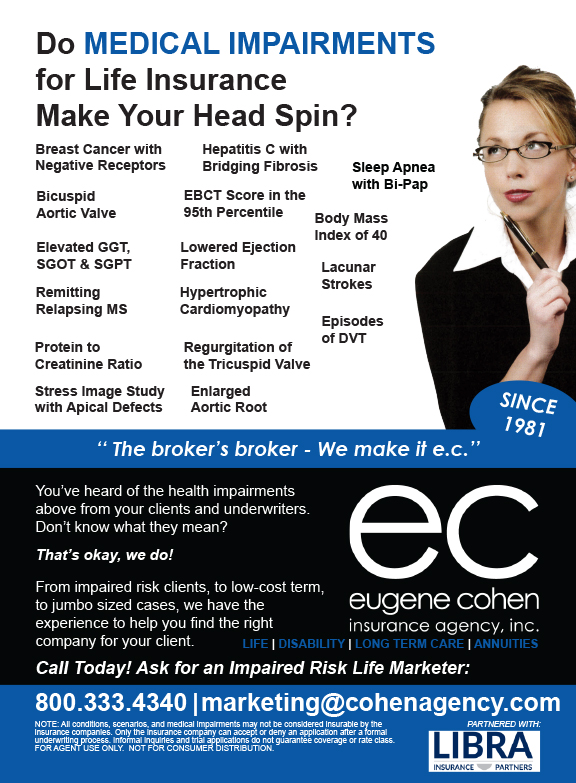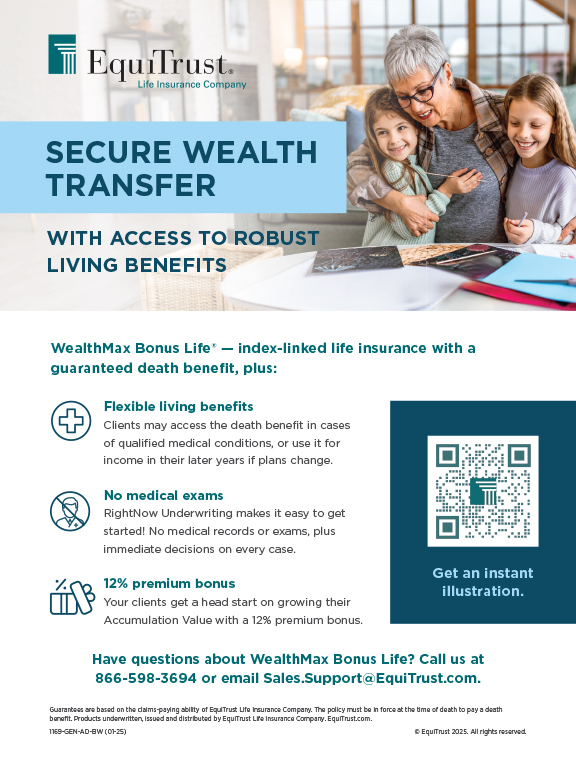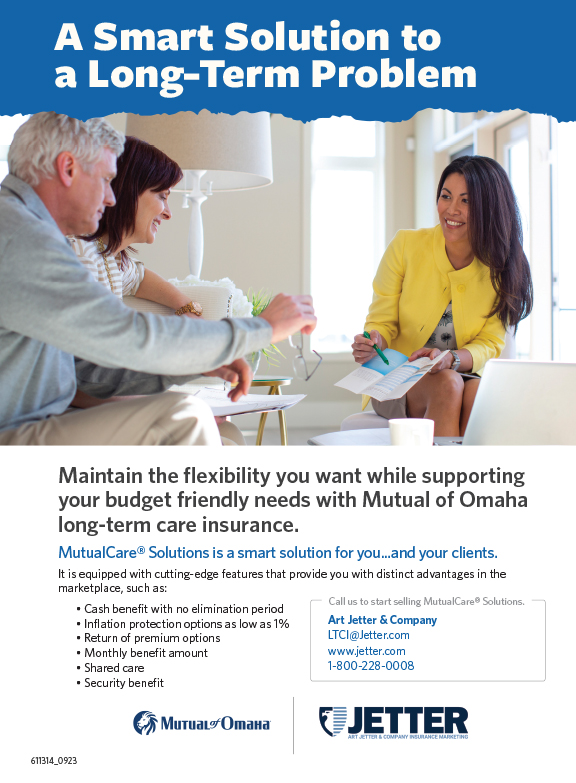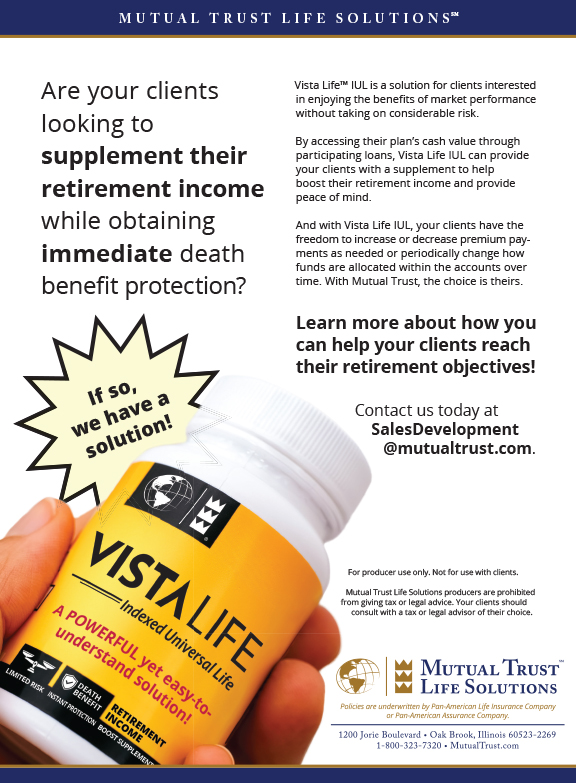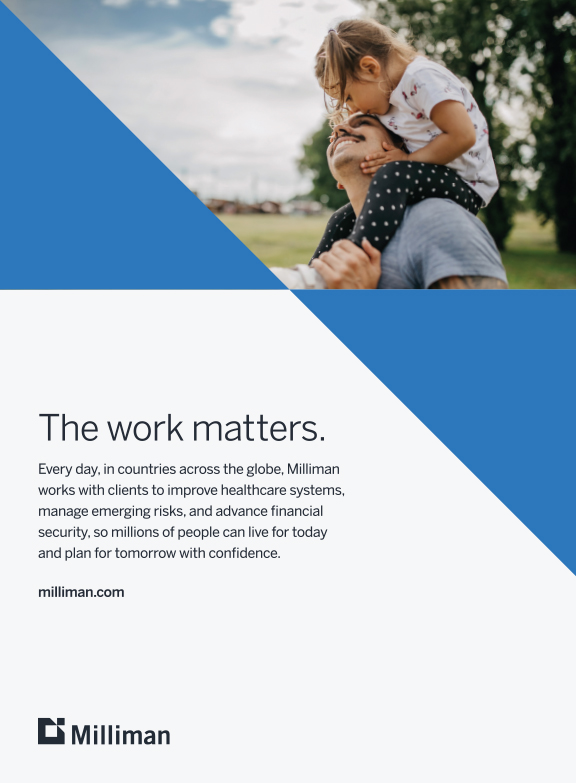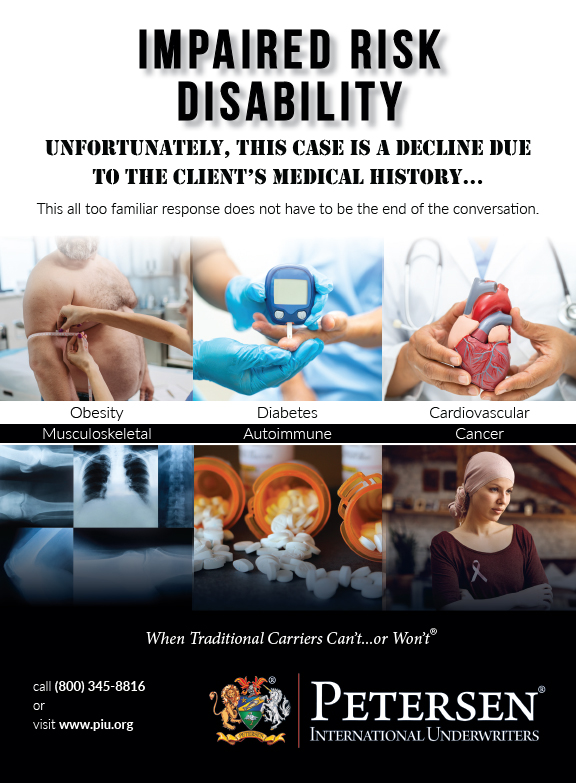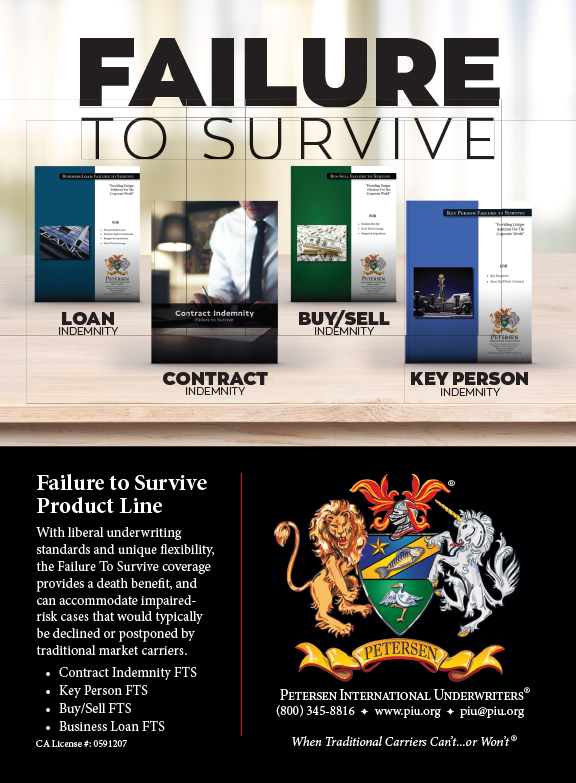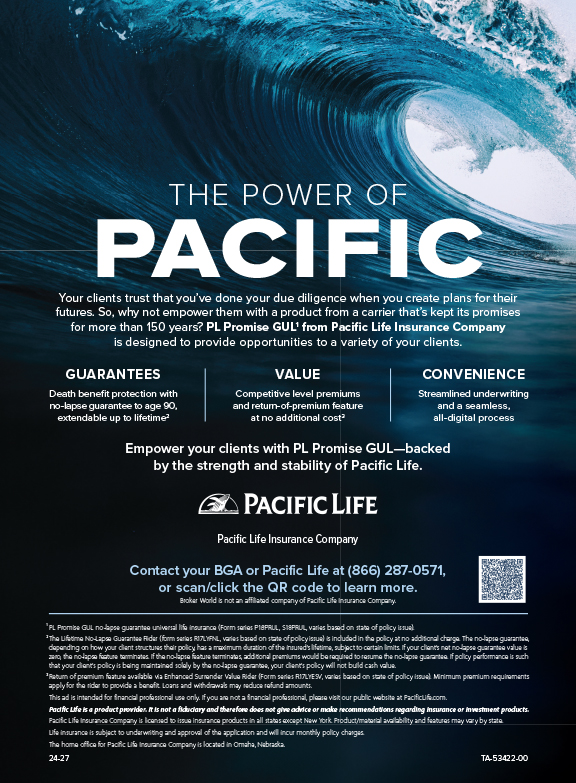When it comes to business, the truth always wins out. Sometimes, however, distinguishing between what is true and what is false tests both our knowledge and experience. As a result of disability coverage:
• A modified van was purchased for a paraplegic paralegal so he could return to work full-time, which reduced the expenses his employer paid for a driver.
• A woman going through a financial hardship was able to speak to a financial advisor and access online counseling to assist with her caregiver responsibilities.
• An individual with multiple sclerosis received a cooling vest to help regulate his body temperature so he could comfortably return to his existing job.
• An assembly worker suffering from an inhibitive shoulder injury received the job assistance and training he needed to qualify for a less strenuous post.
Are the above statements true or false?
If you answered true for each of these unique examples, you are correct. The depth and breadth of disability coverage and creative assistance programs available can be surprising at times. However, it is the deep understanding of the full spectrum of available benefits that is key for brokers to effectively inform their clients, particularly in these challenging economic times.
Disability in a Disabling Economy
From an employee perspective, returning to work after a disability may have been as disabling as the disability itself. According to our data, the overall disability landscape continues to change dramatically. For example:
• The return-to-work rate from 2008 to 2009 experienced a 17 percent decrease.
• The rate of disabled individuals who fully recovered but did not have a job to return to nearly doubled in 2009 compared to 2008.
A statistics textbook isn’t required to know that when these numbers are considered in conjunction with the average national unemployment rate of more than 10 percent, an undeniable connection emerges. Disabled individuals are pushing themselves to recover faster in order to return to their jobs. However, an increasing number of people are finding themselves without a job to return to after experiencing a debilitating disability. The heightened anxiety surrounding this common situation, combined with the possibility of not being fully recovered, creates an unfortunate cycle.
The Value of Value-Adds
on Disability Plans
In an effort to move away from this cycle, take a close look at the value-added options. Some carriers’ standard disability plans offer a multitude of value-added benefits, included at no additional cost. Although these are listed in the contract, they commonly go unnoticed by brokers and employers and ultimately, consumers. As reinforced by the four “true” examples, insurance companies want to help their disabled policyholders get back to work as soon and efficiently as possible. Creative assistance programs and employee assistance programs (EAPs) are some of the value-added programs that provide a source of comfort for both employers and their employees.
Value-added EAP benefits such as individual coaching for job performance issues and counseling to improve an employee’s mental health can help increase productivity and reduce disability, medical claims and absenteeism at the office. The amount of savings that companies can enjoy by reducing sick leave and worker’s compensation costs is particularly worth noting to clients. An important point to keep in mind is that small employers are less likely to have their own dedicated human resources staff to handle such issues, therefore having an EAP can be especially valuable. Brokers who recognize the value of these programs and pass this knowledge on to their clients will actively reinforce their integral role in the process and may even gain some extra credit points.
Notes Worth Taking
When looking to share the true facts with clients, brokers should keep this study guide handy.
1. Awareness and Understanding Go Hand in Hand. Creative assistance programs can be essential during times of disability. While the income replacement and monthly disability benefits are universally understood, some of the other services in the contract can go undiscovered. Know the products inside and out and take note of these additional services. Beyond the fact that a monthly check is coming in to help with expenses, these programs can be just as valued for someone who is disabled.
2. Experience Counts. A carrier’s experience breeds diversified approaches and customized recovery plans. Many disabling events are not common occurrences. Most companies, especially smaller employers, do not have extensive experience in handling these situations. It is important for brokers to work with an insurance carrier who has deep experience and expertise to provide the full array of potential solutions.
3. A Holistic Approach Is Key. Some carriers take a holistic approach in offering these creative assistance benefits. Work with a carrier who has demonstrated a commitment to investing the time and resources to create a customized plan of recovery that enables the claimant to get back to work effectively and comfortably.
In the End, It’s All About
Getting Back to Work
At its core, disability insurance is about following through on a promise to replace a certain percentage of lost income and get a claimant back in the workforce, while keeping the best interests of the claimant and the employer in mind. Some carriers do a bit more to assist that process, some do less. At the end of the day, carriers and employees are working toward the same goal: getting back to work. Carriers who are willing to go above and beyond the call of duty to provide creative, non-conventional assistance programs that allow claimants to get back to work and move on with their lives truly understand the facts—and power—of value-added disability coverage.






